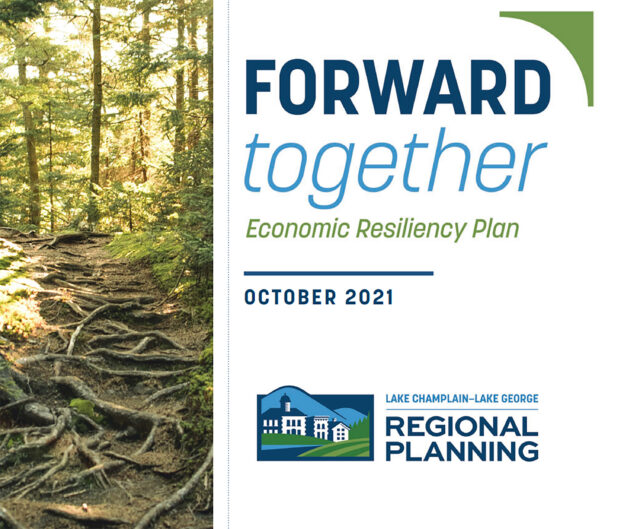Effective planning is essential for community growth and development, but a successful plan is one that translates into tangible outcomes. All too often, communities invest time and resources into detailed plans, only for them to sit idle due to a lack of follow-through.
To overcome this challenge, communities must rethink the planning process itself, embedding implementation from the very start. This proactive approach—focusing on early action, strong partnerships, accountability, and long-term ownership—can ensure that plans not only inspire but also deliver meaningful and long-lasting results.
Key Strategies for Proactive Implementation
Treat Planning and Implementation as a Continuous Process
Implementation should not be viewed as a separate phase that follows planning. Instead, it should begin simultaneously and continue through to and after plan adoption. For example, if a community gathers feedback from an early plan survey that shows the need for improved park programming, working to address that gap can start while the plan is still being finalized, rather than waiting until the end of the planning process. Communities should also actively pursue funding opportunities while planning is underway. Many grant programs favor applicants who can demonstrate readiness to act, making it advantageous to align applications with ongoing planning efforts.
Secure Planning Funding With Built-In Implementation Funding
A funding model that ties planning to implementation ensures continuity and avoids the pitfalls of plans that lack the resources to move forward. Programs like the New York State Department of State Local Waterfront Revitalization Program or Tennessee’s Department of Environment & Conservation Brownfield Redevelopment Area Grant Program provide both planning and implementation funding to empower communities to transform ideas into completed projects.
Ensure Partnerships and Buy-In
Engaging stakeholders, local organizations, and potential funding contributors during the planning phase, especially those that would be engaged in executing any recommendation from a plan, creates a foundation for collaboration. These relationships can be leveraged for shared expertise, funding, and implementation support. Their early involvement also ensures that the strategies are practical and aligned with their capabilities. This buy-in reduces resistance to implementation and fosters a sense of ownership over the plan’s outcomes.
Establish an Implementation Champion
Plans must include a clear framework for ongoing leadership and action after adoption. That framework will vary for each community and plan, depending on scope and capacity. In some committees, implementation can be championed by an existing board, committee, or department, while others might benefit from extending the responsibilities of a plan advisory committee to transition to an implementation committee.
Create Processes for Accountability
Accountability is essential for successful implementation. While assigning ownership of specific initiatives to organizations or individuals ensures that progress continues, creating mechanisms, such as regular check-ins or annual reports, sustains momentum over time. Communities should establish metrics, timelines, and reporting requirements to track progress. Transparency in these processes builds trust with stakeholders and ensures that the plan stays on track.
Effective implementation starts during the planning process, not after. By embedding implementation strategies into planning, fostering strong partnerships, ensuring buy-in from implementers, establishing accountability mechanisms, and creating frameworks for long-term momentum, communities can achieve meaningful outcomes. Combining this proactive approach with funding models that tie planning to implementation guarantees that every plan becomes a living, evolving blueprint for success. Communities that embrace these strategies can turn their visions into vibrant realities, fostering growth and resilience for years to come.




